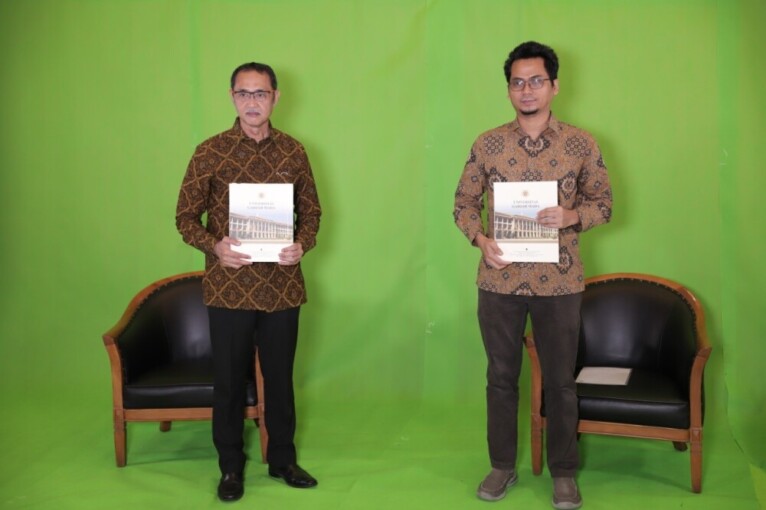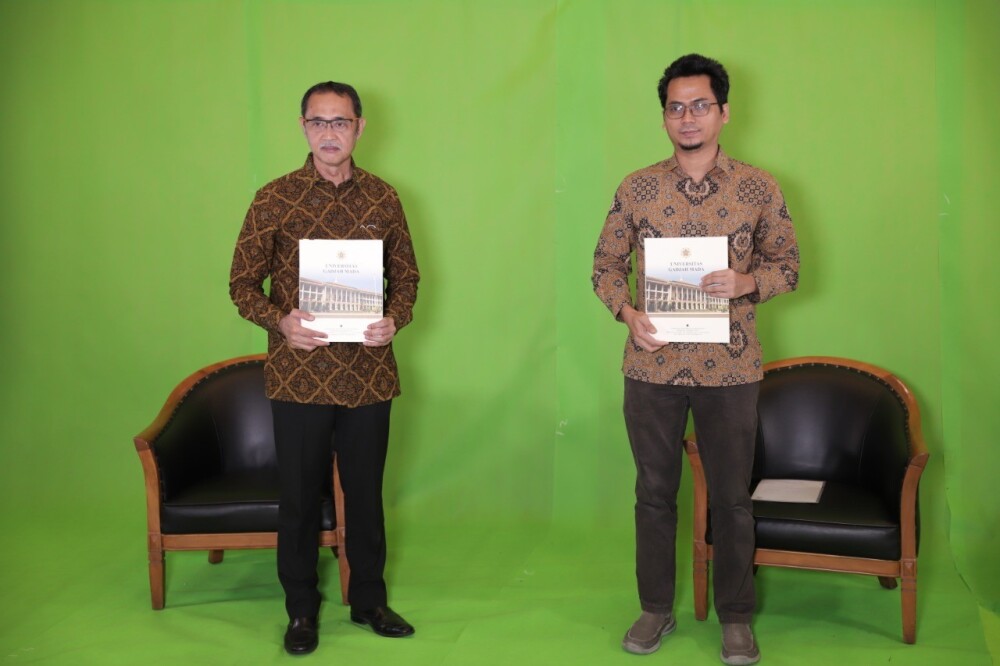The head of the Meteorology, Climatology and Geophysics Agency (BMKG), Prof. Ir. Dwikorita Karnawati, M.Sc., Ph.D., said that there is always a yearly increase of earthquake frequency. Before 2016, the average occurrence of 4,000-5,000 times, then increased 7,000 times a year later. However, from 2018 until today, it has increased to more than 11 thousand times each year. According to him, there has not yet known the cause of an increase in seismic activity, and some experts still conduct study relevant to this earth plate shift activity.
“To investigate this phenomenon, we need in-depth research. Is this the trend of repetition, or is there an increase? So it needs to be assessed with the support of data with the cooperation of many parties,” Dwikorita said in a webinar held by the UGM Department of Geological Engineering entitled Earthquake Monitoring and Tsunami Early Warning System on Friday (17/7).
The increase in tectonic activity, according to Dwikorita, could be affected by climate change and so on. Nevertheless, according to him, the data maintained by BMKG are only on earthquake events up to 200 years ago. However, they have not had data about the older year events. “The limitation so far is that we do not have enough earthquake history data, it only starts from the 1800s, around 200 years ago,” he added.
He has reported the increased earthquake activity in the country to the President. One of the steps taken by BMKG is to minimize the risk of disasters caused by the earthquake and tsunami. However, according to the tsunami detection equipment currently owned, according to him, it is no longer appropriate to use because it has exceeded the maximum working capacity of the tool for only ten years. “Now it is in the process of revitalization and development,” he said.
In his remarks, he also conveyed that not only the old tools but the ability of tsunami detection devices is also not proper the needs required by BMKG. It is because the existing equipment only detects earthquakes due to tectonic activity, but if the volcanic activity occurs, such as landslides under the fly, it cannot be detected.
“The technology available to date has been designed based on the tsunami disaster in Aceh caused by the tectonic earthquake, but the system is not for detecting non-tectonic earthquake events,” he said.
According to him, the tsunami incident in Banten some time ago due to the eruption of Mount Krakatau became a valuable message for BMKG to establish tsunami detection devices not only on tectonic earthquakes but also non-tectonic events.
He said he was working with BPPT, ITB and several other institutions in developing the Earthquake Early Warning System equipment. The plan is for installing the earthquake detection sensors in the megathrust path. “It follows the megathrust of around 400 sensors that are needed,” he said.
Author: Gusti Grehenson
Photo: Bengkulu.antaranews.com
Translator: Natasa A






